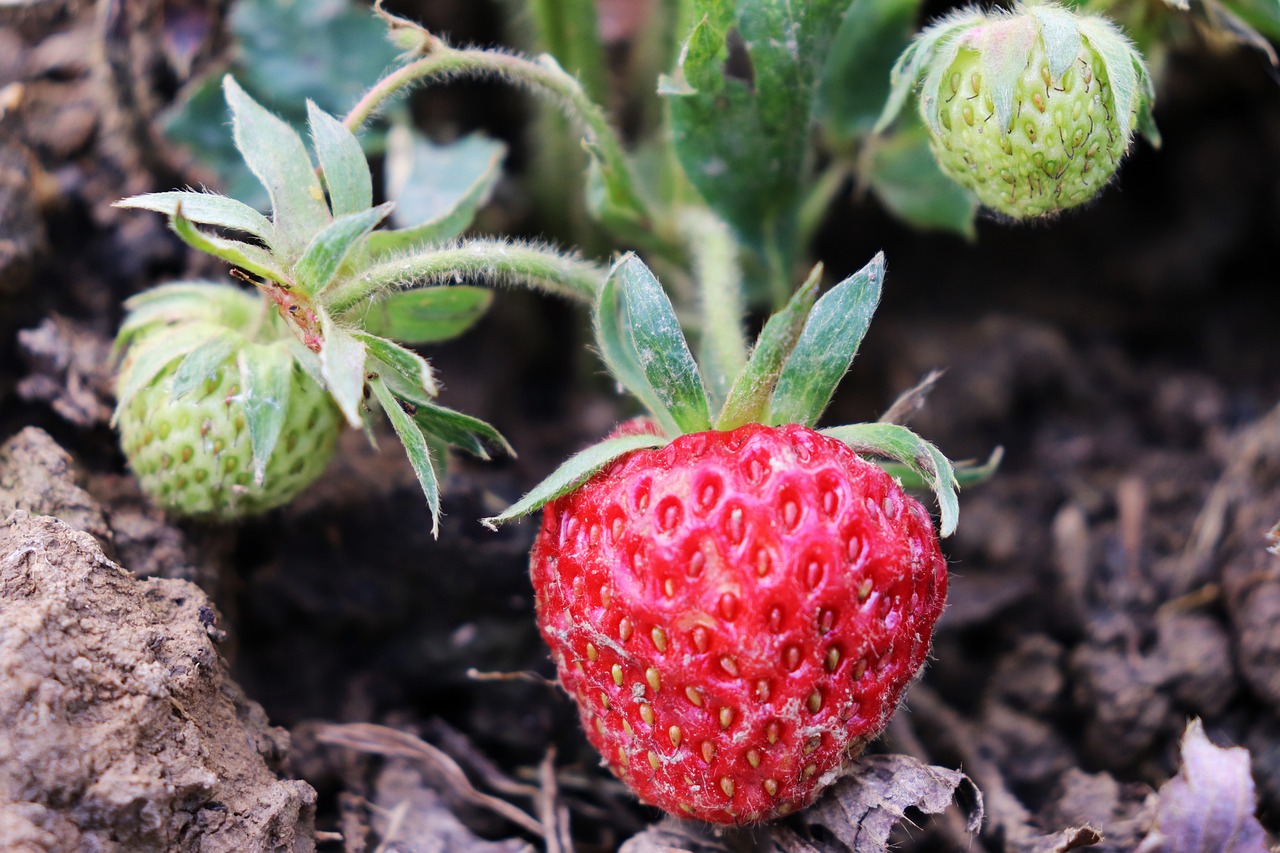
Strawberries are not only delicious but also relatively easy to grow, making them a perfect choice for both experienced and novice gardeners. Whether you have a spacious garden or a small balcony, you can enjoy the satisfaction of growing your own juicy, red strawberries. In this comprehensive guide, we will walk you through everything you need to know about growing strawberries in 10 simple steps.
Table of Contents
Getting Started with Growing Strawberries
1. Choosing the Right Strawberry Variety
When it comes to growing strawberries, selecting the right variety is crucial. June-bearing, everbearing, and day-neutral are the three main types of strawberries. Each type has its unique characteristics, such as the time of the year they produce fruit. Consider your local climate and the available space to determine the most suitable variety for your garden.
2. Selecting a Suitable Location
Strawberries thrive in sunny locations with well-drained soil. Choose a spot in your garden that receives at least 6-8 hours of sunlight per day. Ensure that the soil is rich in organic matter and has good drainage to prevent waterlogging, which can be detrimental to the plants.
3. Preparing the Soil
Before planting, it’s essential to prepare the soil to provide the best growing conditions for your strawberries. Test the soil to determine its pH level and make any necessary adjustments. Incorporate organic matter, such as compost, to improve the soil structure and fertility.
Planting Your Strawberry Patch
4. Planting Time
The ideal time to plant strawberries depends on the variety and your local climate. In general, early spring or late summer is the best time for planting. Avoid setting out new plants in the midst of summer heat or winter cold, as they may struggle to establish themselves.
5. Proper Planting Technique
When planting strawberries, ensure that the roots are well spread out and not cramped in the planting hole. The crown of the plant, where the leaves emerge, should be level with the soil surface. Water the plants thoroughly after planting to help them settle in.
6. Mulching the Strawberry Bed
Applying a layer of mulch around the strawberry plants helps to suppress weeds, retain soil moisture, and protect the fruits from direct contact with the ground. Organic mulches like straw or pine needles are excellent choices for strawberry beds.
Caring for Your Strawberry Plants
7. Watering
Strawberries require consistent moisture, especially during the flowering and fruiting stages. Water the plants deeply but infrequently to encourage the growth of deep roots. Avoid overhead watering, as it can lead to the development of fungal diseases.
8. Fertilizing
Fertilize your strawberry plants with a balanced, slow-release fertilizer to provide them with essential nutrients for healthy growth and bountiful fruit production. Follow the recommended application rates and timing to avoid over-fertilization, which can harm the plants.
9. Controlling Pests and Diseases
Keep a close eye on your strawberry plants for signs of pests and diseases. Common pests that affect strawberries include aphids, slugs, and spider mites. Implement integrated pest management practices and consider using natural predators to keep pest populations in check.
Harvesting and Enjoying Your Homegrown Strawberries
10. Harvesting Ripe Berries
As your strawberry plants mature, they will produce plump, red berries that are ready for harvest. Pick the ripe strawberries with a small portion of the stem attached to maximize their freshness and shelf life. Enjoy the fruits of your labor fresh from the garden or use them in a variety of delicious recipes.
Conclusion
Growing strawberries can be a rewarding experience, and with the right knowledge and care, you can enjoy a plentiful harvest of sweet, juicy strawberries. By following the 10 simple steps outlined in this guide, you’ll be well on your way to cultivating your thriving strawberry patch. Whether you’re a seasoned gardener or a beginner, the joy of growing and savoring your homegrown strawberries is truly unmatched.
